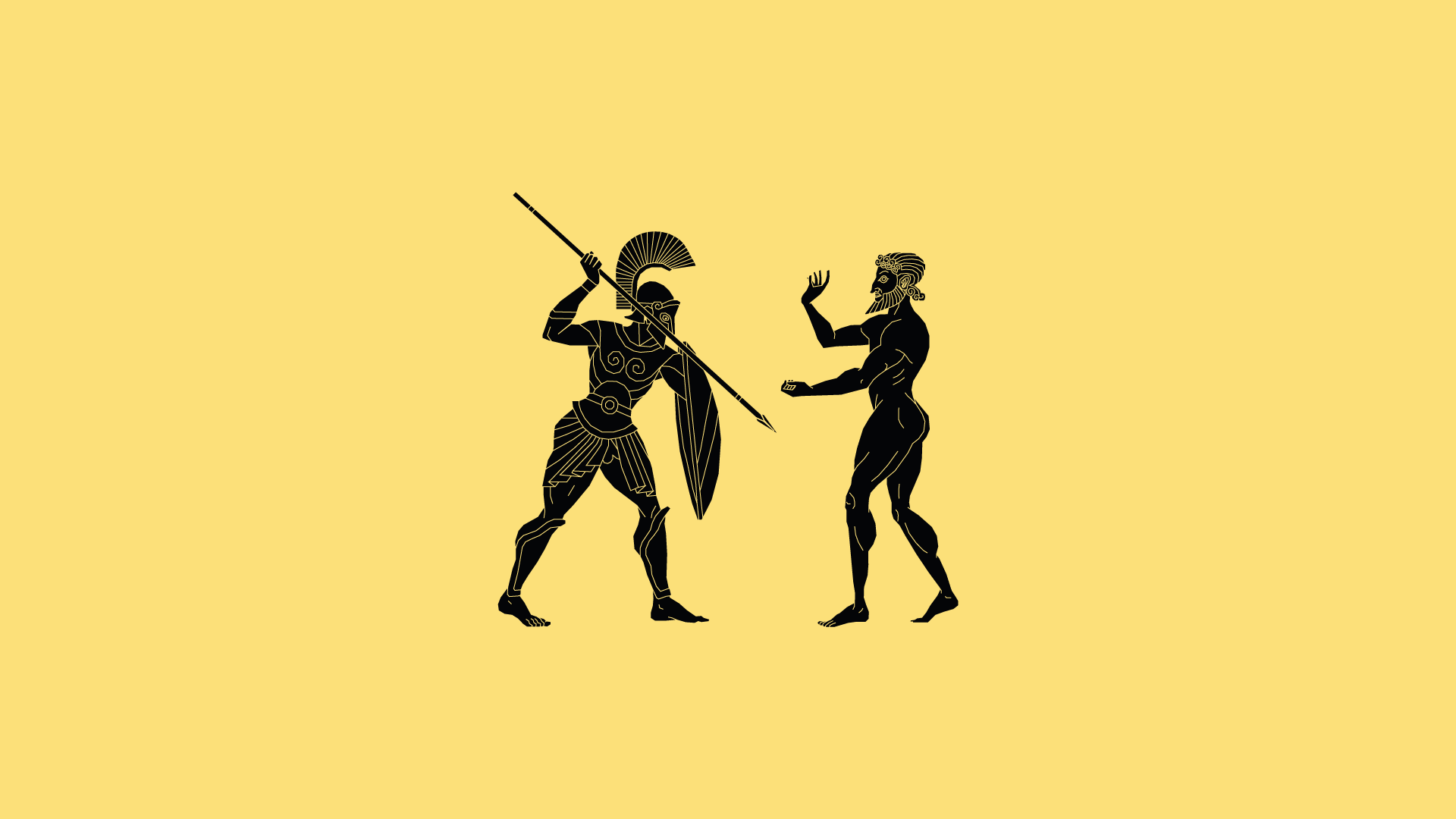When should you do SEO?

A thought occurred to me when I was going for my daily walk earlier.
My two previous posts have both dealt with SEO. The first one was about the most important principles of SEO. In the other one I shared how you can improve search rankings without writing any new content.
But one crucial thing is still missing. We haven’t yet examined where in your digital strategy SEO fits in.
See, I believe strongly and firmly in the following things:
- Acting with intention
- Focusing on high-impact items
- Starting with a great foundation and then building off it.
When you haven’t figured out what your priorities ought to be, working effectively becomes impossible. That is why, when I work with clients, I put such great emphasis on strategy and business goals.
It sounds obvious and tautological, but you need to know what to do before you do it.
The way I see it, SEO ought to be an important part of any company’s digital strategy. But it’s not the first thing you ought to focus on.
Traffic—a magic bullet?
The result of search-engine optimisation, when done successfully, is more traffic. But if your website is unoptimised, that traffic isn’t going to do very much for you.
Let’s compare it to real-life for a second.
Earlier this year, a Swedish clothing brand—Boomerang—was forced to declare bankruptcy. The company’s stores were located in the most trafficked parts of all of Sweden’s major cities. Their clothes were of high quality, and they catered to a preppy aesthetic which has been very on-trend in Sweden for the past 8 years or so.
Despite these favourable conditions, the company struggled to make a profit.
Why? Because their business plan was fundamentally flawed.
Only after a change of management and transformation of the company’s distribution channels (closing all physical stores, putting their clothes in large department stores, and revamping their e-commerce website) were they able to make a comeback after the bankruptcy.
So why am I telling you this? Because there are many stories just like that one.
Most high-street boutiques get tons of volume by sheer virtue of their location.
Yet, a lot of them go out of business.
Not due to a lack of traffic, but because some other part of their business is flawed. Maybe it’s their business plan, maybe it’s their products, maybe it’s their management, or maybe it’s their sales reps.
The point is this:
Traffic alone will not save you.
Start with the foundation
If your product offering sucks, your store layout is confusing, and your sales reps lack competence and motivation, you’ll have a really hard time getting any customers to buy anything from you. Before you focus on increasing traffic, start by fixing the foundation.
The hierarchy of digital marketing efforts is something like this:
-
First and foremost comes your brand strategy. This helps you understand what your brand is about (its voice, culture, and unique selling point); what your customers’ needs are; and how best to serve them.
-
Your marketing strategy should be an extension of your brand strategy. It should align with where your customers are, how your brand communicates, and how to help them understand how you can help them.
-
Your website should support your broader brand strategy, and your business and marketing goals. Your website should be delightful to use and offer a positive experience for people at different phases of the buy-sell cycle. It’s the most important brand touchpoint for many businesses.
-
When you have the preceding steps nailed down, that’s when you should dedicate resources to driving traffic to your website. SEO is arguably the most sustainable way to do this, but there is also social media and paid advertising.
I made this diagram to help illustrate my point (tap the image to share it on Twitter, and tag me (@jonlpersson) for an easy retweet!):
Like I said earlier: If your website is unoptimised, additional traffic won’t be nearly as effective.
Here’s an example:
If your website converts at 0.5% and you manage to increase traffic by 10,000 monthly pageviews through SEO, you can expect about fifty additional conversions per month. But if you get your conversion rate up to 2% first, you can expect two-hundred additional conversions.
And the beauty of it is this: websites that are well-designed—from the User Experience design, to the visual design, to the HTML markup—have a much easier time ranking well on Google.
My point is this
Look, maybe I’m biased, but—as powerful as it is—I think you’d have to be a fool not to make sure your website is top-notch before devoting time and money to SEO.
I’m sure you can find plenty of people in the SEO industry who disagree in the strongest possible terms with the argument I’m making in this post. But when I asked my friend and colleague Nick Brisson for feedback (he makes a living doing SEO for companies), he said the following:
I have to agree. SEO starts from the ground up. Delivering your content from a solid foundation will eliminate most if not all basic technical SEO problems. Putting great content on a poorly structured website is like building a house on a bed of clay. Eventually it will sink and you’re just creating more work and headaches for yourself in the future.
There you have it. Start with the foundation first.
Until next time,
Jon.
PS. If you’re ready to work with an expert to lay a killer foundation for your brand-building, marketing, or online sales efforts, get in touch with me.
Get my email updates
Branding, design, and marketing for small businesses. Always by me. Often unorthodox. Sometimes out of line. Never boring.